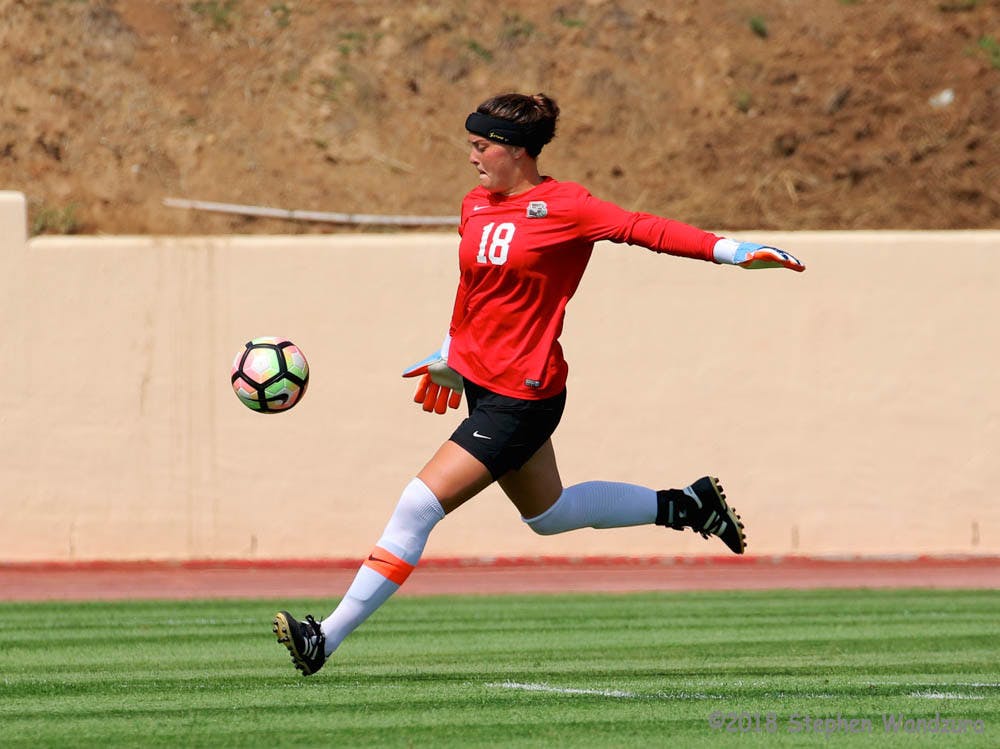When one of her teammates on the women’s soccer team fractured her collarbone, Christine Etzel ’19 knew how to contextualize the injury. A former member of the University’s Sports Injury Lab, Etzel has studied the conditions that lead to upper extremity sports injuries. Aiming to hasten injured athletes’ return to sports, the lab has been involved in several recent publications about the mechanisms behind certain sports injuries, the risk factors and the implications these injuries have for the sport as a whole.
There are not many research groups in the area that study sports injuries, said Brett Owens, professor of orthopedics at Alpert Medical School and principal investigator of the research group. “The work we primarily do is epidemiology work, which is looking at the incidence and risk factors for injury.” The group hopes that their research will lead to innovative ideas to prevent injuries, he added.
One recent publication from the lab focused on upper extremity injuries among high school and college soccer players. “Upper extremity injuries aren’t as common as lower extremity injuries in soccer players, but at the same time, they are a big deal when they happen,” Etzel said.
The group used the National Electronic Injury Surveillance System, a public access database that holds demographic and injury-related information on emergency room visits from about 100 hospitals across the country. They looked at high school and college emergency room patients who had soccer-related injuries from 1999 to 2016 and found that of those incidents, about 20 percent were in the upper extremities. Because of the seriousness of these injuries, which include fractures and dislocations, the study can be used by coaches and athletes to develop strategies and exercises to prevent them, Etzel added.
Another study centered on upper extremity boxing injuries in the United States. The organization USA Boxing did not record injury rates before 2011, so the paper’s results were relatively novel, said Lauren Ready MD’21, a member of the lab. New rules for the sport were implemented in 2013 to try to make boxing safer, but there hadn’t been any reviews on injury rates after the changes, she noted. The group found that there was a decrease in injuries after the rule change, highlighting the correlation between the two, she added. While it’s hard to definitively prove causation, identifying this strong correlation has a tangible benefit, Ready said. This research “can help athletes and coaches anticipate and avoid injury because they know the common injuries and the most common age groups for those injuries,” she added.
To find the incidence of these injuries in boxers, the group also used the national injury database. “Since it covers enough of the nation, you can infer that (this data) reflects the national averages,” Ready said. The group searched for both men and women from 2012 to 2016, she added.
“What’s great about the Sports Injury Lab is the diversity,” Ready said. “It really covers a breadth of sports and studies all (aspects) of injury.” She mentioned prevention, recovery improvement and patient experience enhancement as some facets of injury that the lab studies.
“Until you can study the (injury) and understand who it’s happening to, it’s hard to intervene and try to prevent (them),” Owens said.





